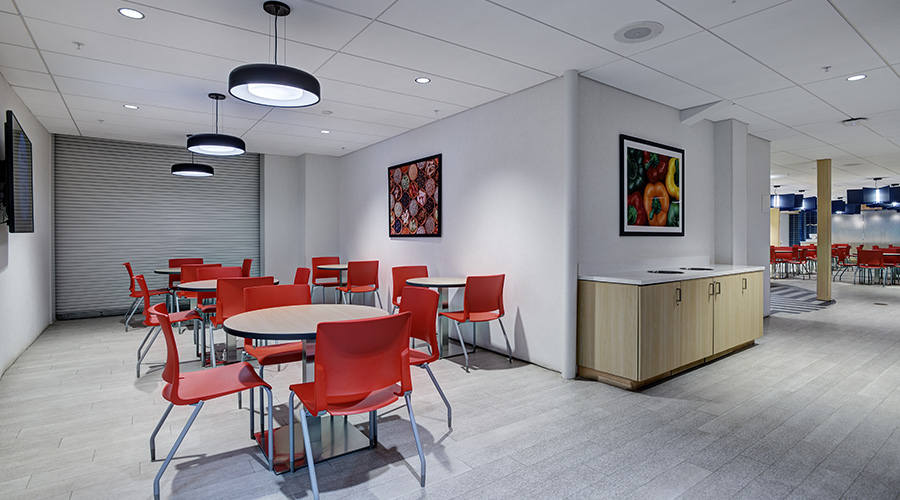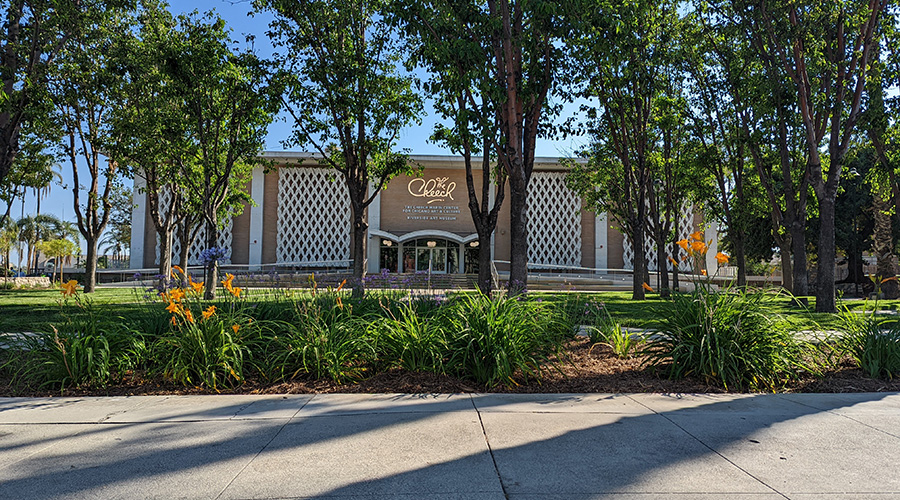Project Management: Technicians Get Involved in Design
When organizations tackle the number of renovations and upgrades the district does — especially when those projects involve newer, more advanced technology — managers need to ensure technicians have the training necessary to maintain the equipment properly.
"We have a very well-trained staff of maintenance people," Silver says. "One of the first things that happens when we take possession of a building is owner training supplied by the contractors or (system manufacturers). We have what's called owner training, and there are two levels. It's one level for my people who maintain the systems and actually work on them, and there's one level for operations staff."
Proper training also provides technicians with the knowledge they need to participate in the design stages of a project. Because they understand the way the equipment operates throughout its life cycle, they can help managers and designers decide whether the technology is a good fit for a particular building or project.
"It's huge," Silver says of staff involvement early in projects. "I think we all know that if you don't do your homework upfront, you're going to have problems in the form of change-orders and possibly even bad design. That homework upfront is critical, and the knowledge and input from facilities staff is a huge part of that."
Technician involvement in design — not a typical scenario in commercial and institutional facilities —illustrates the cohesive, team-like approach the district takes in executing renovations and equipment upgrades. That approach is particularly evident in the relationship between Silver and his boss, Bill Good, who understands the importance of investing in existing buildings and the role the facilities department plays in prolonging the life of those buildings.
Says Silver, "I felt like there was an opportunity to save money and energy for several years. Bill was way ahead of us when he came on board. He already had a very good energy-conservation program at his former employer. It was an easy marriage. I was thankful. There wasn't any selling to Bill. It was more Bill coming to me saying he wanted to do this. I was anxious to jump on the bus as soon as he opened the door."
Communities, Taxes Fuel Energy-Efficiency Projects
For school districts to complete large-scale renovations and equipment upgrades, the communities they serve must play a key role. Community support for Des Moines (Iowa) Public Schools has been integral in the district's efforts to improve the infrastructure and energy efficiency of its existing buildings.
The community recently passed a revenue purpose statement required for the use of a local option sales and services tax for building renovations, says Bill Good, the district's COO. The community also passed a physical plant and equipment tax levy for maintenance funds.
The physical plant and equipment levy is a $4.4-million measure the community recently renewed for another 10 years. The local option sales and services tax is the fund the district uses for building renovations, and it has generated about $22.5 million per year for the district.
Says Good, "I believe both levies passed based upon community trust in how we were optimizing our resources."
— Chris Matt
|
Related Topics:















